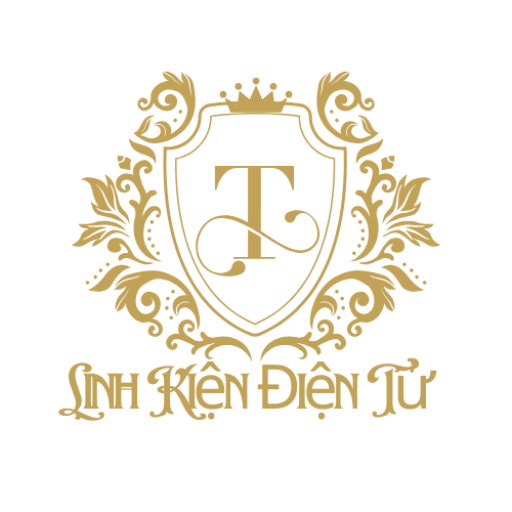Two-wheeled American identity symbolizes a complex tapestry of rebellion and community, stemming from mid-20th century transformations. From the battlefields of WWII to the open highways of modern America, steel horses transformed into symbols of liberation, transporting simultaneously rebellious ethos alongside corporate commodification[5][10][17].
## Roots of Rebellion https://usabikers.net/
### From Soldiers to Bikers
Contemporary motorcycle culture crystallized during the reintegration challenges faced by demobilized soldiers. Servicemen accustomed to the brotherhood of combat sought replacement social structures, giving rise to pioneering clubs such as the Boozefighters and Pissed Off Bastards of Bloomington[5][13][17]. Harley-Davidson and Indian motorcycles, which demonstrated reliability, transitioned from war machines to cultural symbols, cultivating enduring corporate allegiance[5][11].
The notorious “American Motorcycle Association riot” thrust biker gangs onto front pages, as a massive gathering overwhelmed the small California town, culminating with property damage and arrests. This controversy cemented the outlaw biker stereotype in popular imagination, notwithstanding most participants being mainstream motorcycling advocates[10][13][17].
## Prominent Riding Associations
### Legal vs. Extra-Legal Groups
The American Motorcyclist Association (AMA) originally functioned as the governing body for structured riding activities. However, the association’s discriminatory membership rules—barring racial minorities until the 1950s—fueled the rise of independent clubs that rejected mainstream motorcycling norms[11][13].
Four dominant outlaw clubs evolved into central figures in this counterculture:
1. Founded 1948 in California[2][3][10]
2. Established 1935 in Chicago[3][10][13]
3. 1959 Maryland origins[8][10]
4. Texas-born international network[3][10]
These collectives function via strict hierarchical structures featuring titled leadership roles, while physical headquarters functioning as security-enhanced meeting spaces[10][13]. Despite public perceptions of criminality, numerous local groups engage in charitable initiatives such as holiday gift drives[8][10][15].
## Cultural Impact and Evolution
### Media Portrayals and Style Trends
The biker archetype saturates US media landscapes, ranging from Hollywood’s rebellious archetype in *The Wild One* to modern reality TV franchises. This cultural permeation manifests in:
– Fashion trends: Distinctive biker attire marketed through brands like Biker Life USA and Bikers Lifestyle[4][12]
– Musical influences: Cross-genre musical connections adopting biker aesthetics
– Written narratives: Hunter S. Thompson’s *Hell’s Angels*[1][6]
Contemporary cultural studies highlight the inherent contradiction within motorcycle communities: simultaneously eschewing societal norms while being deeply corporatized through brand partnerships like Harley-Davidson’s apparel lines[1][7][12].
## Contemporary Landscape and Challenges
### Riding Through 2025
The motorcycle event calendar remains a cornerstone of American biker culture, with 2025’s major rallies including:
– The 84th annual coastal gathering[7][15]
– Historic Black Hills convergence[7][15]
– Arizona Bike Week (Scottsdale)[7]
Developing phenomena reconfigure rider demographics:
– Increasing female participation through groups like Women in the Wind
– Technological integration through GPS-guided rides and social media communities[7][15]
– Environmental consciousness promoting sustainable riding practices[15][17]
Regulatory controversies continue, especially concerning:
– Outlaw club violence and law enforcement strategies[10][13][17]
– Ethical corporate partnerships amid controversial revenue sources[8][17]
– Commercial exploitation issues about co-optation of rider aesthetics[4][12]
## Synthesis and Projections
US motorcycle society occupies a pivotal juncture, negotiating its nonconformist roots against modern corporate influences. As contemporary riders embrace electric motorcycles and digital communities, the core ethos of freedom and brotherhood persists—now expressed through diverse demographics and evolving social norms. Future developments may involve increased regulatory scrutiny coupled with ongoing societal impact, ensuring the perpetual role of two-wheeled culture within US national identity[5][10][17].
